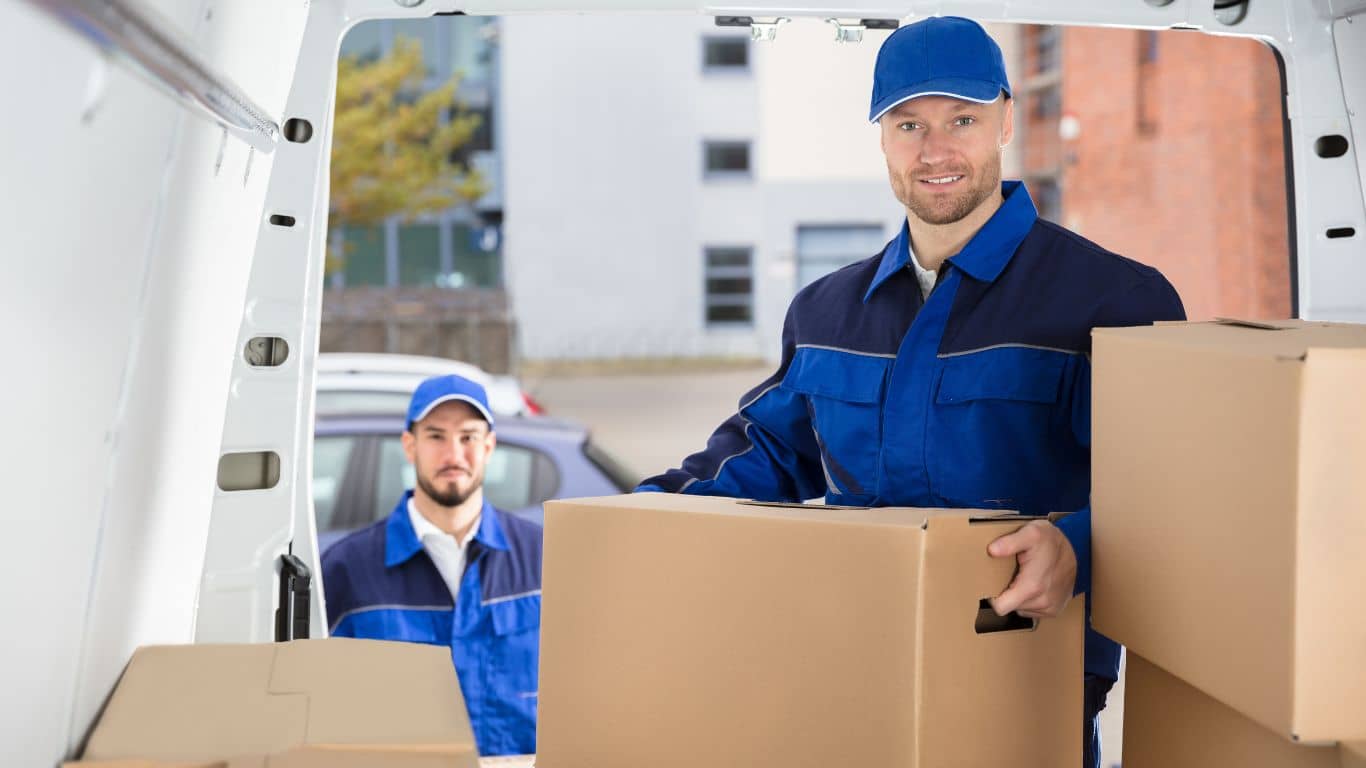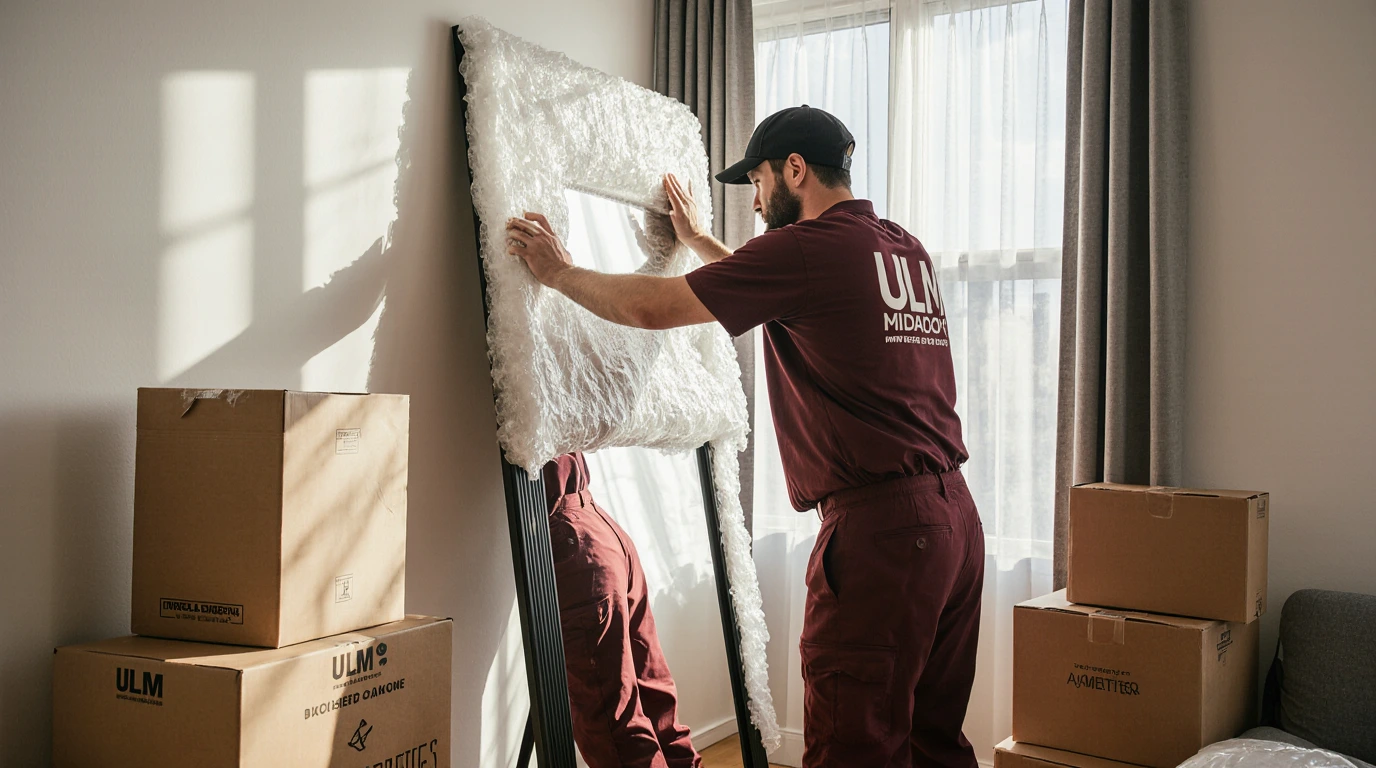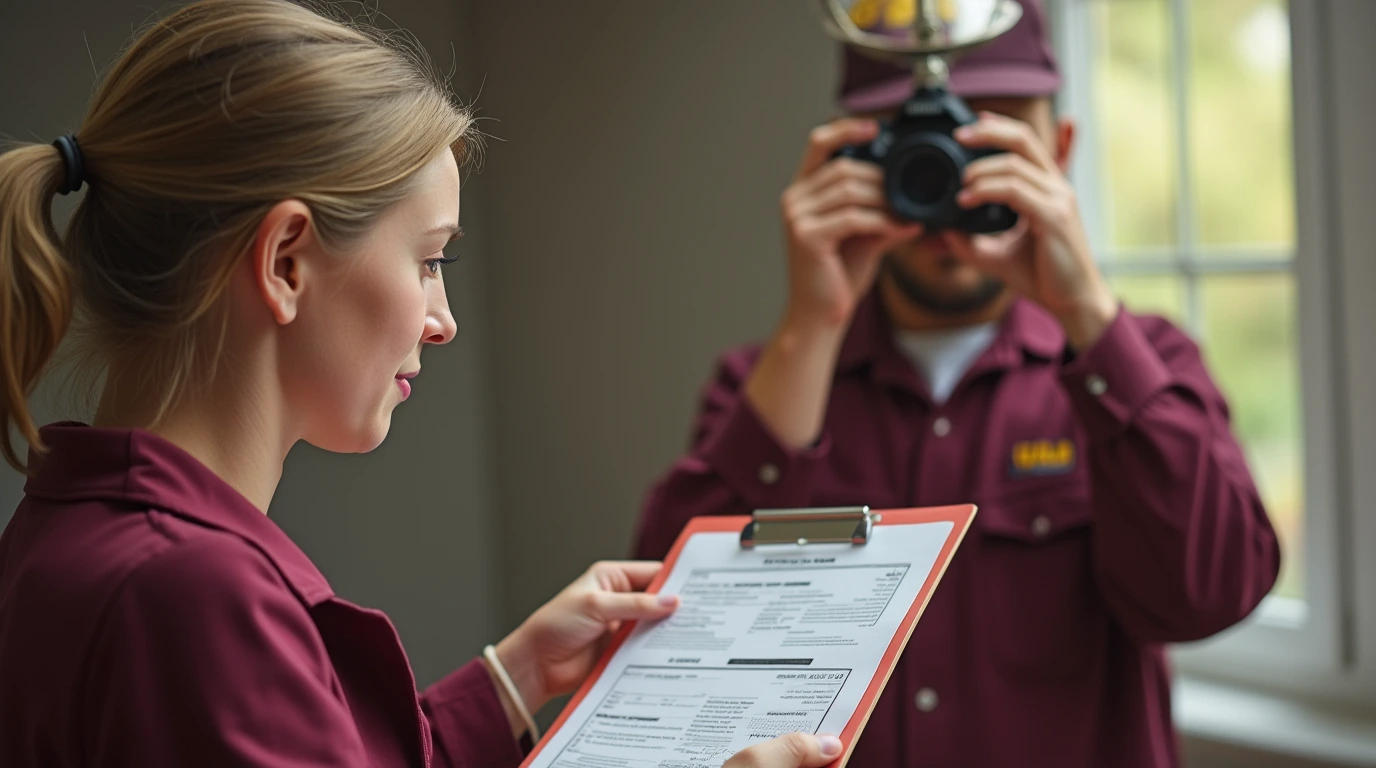Uncover game-changing techniques to effortlessly declutter and streamline your long distance move, guaranteeing a hassle-free and relaxed adventure.
-
- Creating a Decluttering Plan
- Sorting and Organizing Your Belongings
- Deciding What to Keep, Sell, Donate, or Discard
- Tips for Efficient Packing and Moving

A move presents a prime opportunity to streamline your life and embrace a simpler, more organized existence. In this article, we delve into the art of decluttering and downsizing, offering insightful strategies and practical tips to pare down possessions effectively before your move. Whether you’re transitioning to a smaller space or simply aiming for a fresh start, the journey of decluttering can be transformative. Join us as we explore the benefits of downsizing, expert advice on letting go, and proven techniques to declutter your home, making your move not just efficient, but a catalyst for a more simplified and fulfilling lifestyle.
Why Decluttering is Essential for a Long Distance Move
Moving long distance can be a daunting task, but with proper planning and organization, it can become a smooth and stress-free experience. One of the key steps in preparing for a long distance move is decluttering your home. Decluttering not only helps you reduce the number of items you need to pack and transport, but it also allows you to start fresh in your new home.
By decluttering, you can get rid of items that you no longer need or use. This not only saves you time and effort in packing and unpacking, but it also helps you create a more organized and clutter-free living space. Additionally, decluttering can help you save money on moving expenses, as the less stuff you have, the smaller the moving truck you will need and the fewer packing materials you will require.
Another important reason to declutter before a long distance move is that it allows you to evaluate your belongings and prioritize what is truly important to you. It gives you a chance to let go of items that may hold emotional attachment but no longer serve a purpose in your life. This process can be liberating and can help you start your new chapter with a fresh perspective.
In summary, decluttering is essential for a long distance move because it helps you reduce the number of items you need to pack, create a more organized living space, save money on moving expenses, and prioritize what is truly important to you.
Creating a Decluttering Plan
Before you start decluttering, it’s important to create a plan to ensure an efficient and effective process. Start by setting a timeline for when you want to complete the decluttering process. This will help you stay on track and avoid procrastination.

Next, divide your home into different areas or rooms and tackle one area at a time. This will make the decluttering process more manageable and less overwhelming. Decide on the order in which you will declutter each area based on your priorities or the difficulty level of decluttering that particular area.
As you declutter each area, make sure to have designated bins or bags for different categories such as keep, sell, donate, or discard. This will help you stay organized and make decisions about each item more easily. Be honest with yourself and ask yourself if each item brings you joy or serves a purpose. If not, it may be time to let go of it.
Lastly, create a plan for what you will do with the items you have decided to sell, donate, or discard. Research local charities or organizations that accept donations and find out their drop-off locations and guidelines. If you choose to sell items, consider hosting a garage sale or using online platforms to reach a larger audience.
By creating a decluttering plan, you can stay organized, stay motivated, and ensure a smooth decluttering process for your cross country move.
Sorting and Organizing Your Belongings
Once you have a decluttering plan in place, it’s time to start sorting and organizing your belongings. Begin by going through each item in the designated area and deciding which category it belongs to: keep, sell, donate, or discard.
When sorting your belongings, consider factors such as the item’s usefulness, sentimental value, and condition. If an item is broken or no longer serves a purpose, it may be best to discard it. If an item is in good condition but no longer needed, consider donating it to someone in need or selling it to make some extra cash.
To help with the sorting process, create a checklist or use labels to mark each item with its designated category. This will ensure that you don’t miss anything and make it easier to pack and organize your belongings later.
As you sort through your belongings, it’s important to stay focused and not get overwhelmed by sentimental attachments. Remember, the goal is to simplify your long distance move and create a clutter-free living space in your new home.

Once you have sorted and organized your belongings, you can start packing them in an organized manner, making the moving process much smoother and more efficient.
Deciding What to Keep, Sell, Donate, or Discard
Deciding what to keep, sell, donate, or discard can be a challenging task, but it’s an essential part of the decluttering process for a long distance move. To make this decision-making process easier, consider the following questions for each item:
1. Do I use this item regularly? If not, it may be best to let go of it.
2. Does this item hold sentimental value? If yes, consider whether it’s worth taking with you on your long distance move or if it would be better to keep a photo or other memento instead.
3. Is the item in good condition? If not, it may be best to discard it.
4. Can someone else benefit from this item? If yes, consider donating it to a local charity or organization.
It’s important to be honest with yourself and not hold onto items out of guilt or fear of letting go. Remember, decluttering your home is about creating a fresh start and simplifying your long distance move.
By making thoughtful decisions about what to keep, sell, donate, or discard, you can ensure that you only take what is truly necessary and meaningful to your new home.
Tips for Efficient Packing and Moving
Once you have decluttered and sorted your belongings, it’s time to pack and move them to your new home. Here are some tips to make the packing and moving process more efficient:
1. Start Packing Early
When it comes to packing for a long distance move, giving yourself plenty of time is crucial. This is especially true if you have a large home or a lot of items to pack. Rushing through the packing process can lead to disorganization and increase the chances of damage to your belongings.
By allowing yourself ample time, you can approach the packing process with a clear and focused mindset. You will have the opportunity to carefully wrap and pack each item, ensuring its safety during transportation. This extra time also allows you to create a detailed inventory of your belongings, making it easier to keep track of what you have packed and what still needs to be packed.
Packing in a rush often results in haphazardly throwing items into boxes without much thought or care. This can lead to items becoming damaged or broken during the move.

In addition to reducing the risk of damage, giving yourself plenty of time to pack also helps with organization. When you rush, it’s easy to forget which items went into which boxes or to mix items from different rooms together. This can make the unpacking process a nightmare, as you’ll have to sort through boxes to find the items you need for each room. Taking your time to pack allows you to clearly label each box with its contents and the room it belongs to, making the unpacking process much smoother and more efficient.
2. Use Quality Packing Materials
Investing in high-quality packing materials is essential to ensure the safety of your belongings during the long distance move. Sturdy moving boxes provide the necessary strength to withstand the rigors of transportation, preventing any damage to your items. Additionally, using packing tape to securely seal the boxes will further protect your belongings from shifting or falling out during transit.
Bubble wrap is another essential packing material that provides an extra layer of cushioning and protection for fragile items. It acts as a barrier against any impact or vibration that may occur during the move, ensuring that delicate items such as glassware, ceramics, or electronics arrive at your new home unscathed.
Packing paper is also crucial for safeguarding your belongings. It can be used to wrap individual items or fill empty spaces in boxes, preventing any movement and reducing the risk of breakage. Packing paper is especially beneficial for delicate items that require extra care and protection.
3. Label Your Boxes
When it comes to the packing and moving process, one of the most important tasks is to clearly label each box with its contents and the room it belongs to. This simple step can make a world of difference when it comes time to unpack in your new home.
By labeling each box, you create a clear and organized system that allows you to easily identify and locate specific items. Instead of rummaging through numerous boxes trying to find the kitchen utensils or your favorite books, you can simply look at the labels and go directly to the box you need. This not only saves you time and effort, but it also helps reduce the stress and frustration that can come with unpacking.

To make labeling even more effective, consider using a color-coded system. Assign a specific color to each room in your new home and use colored labels or markers to match. This allows you to quickly identify which boxes belong to which room at a glance, making the unpacking process even more efficient.
4. Take Inventory
Creating a detailed inventory of your belongings is an essential step in ensuring a smooth and organized long distance move. Not only does it help you keep track of your items, but it also provides peace of mind knowing that nothing will get lost or left behind during the move.
To create an effective inventory, start by labeling each box or container with a unique number or code. Then, create a corresponding list or spreadsheet where you can document the contents of each box. Be as specific as possible when describing the items, including details such as brand, model, and condition. This will not only help you locate specific items when you unpack, but it will also come in handy when filing insurance claims in case of any damage or loss.
As you pack, take the time to photograph or video record your belongings. This visual documentation can serve as additional proof of the condition of your items before the move, which can be helpful for insurance purposes. It can also be useful as a reference for setting up your new space, as you can refer back to the photos or videos to remember how you had things arranged in your previous home.
5. Hire Professional Movers
If your budget allows, hiring professional movers can be a game-changer when it comes to the packing and moving process. Not only do they have the experience and expertise to handle your belongings with care, but they also provide a sense of ease and assurance during a potentially stressful time.

Professional movers are trained to efficiently pack and move your items, ensuring that they are properly protected and secured for the journey. They have access to high-quality packing materials and techniques that can safeguard even the most delicate or valuable items. With their expertise, you can trust that your belongings will arrive at your new home in the same condition they left. Ready to let the professionals handle your move? Contact us today!
By following these tips, you can make your long distance move a success. Take the time to declutter and sort your belongings, pack them in an organized manner, and consider hiring professional movers if possible. With proper planning and organization, your move can be a smooth and stress-free experience, allowing you to start fresh in your new home.



